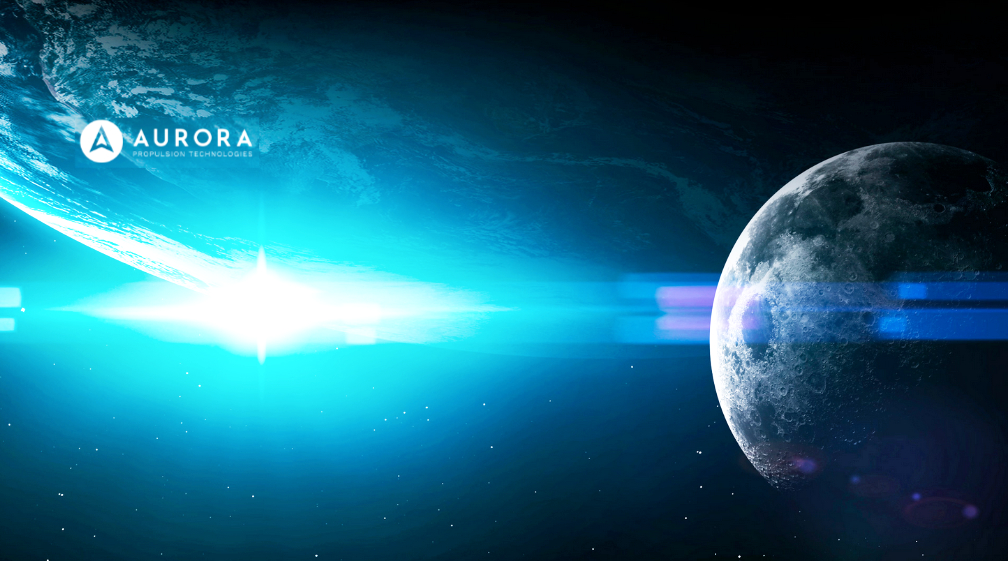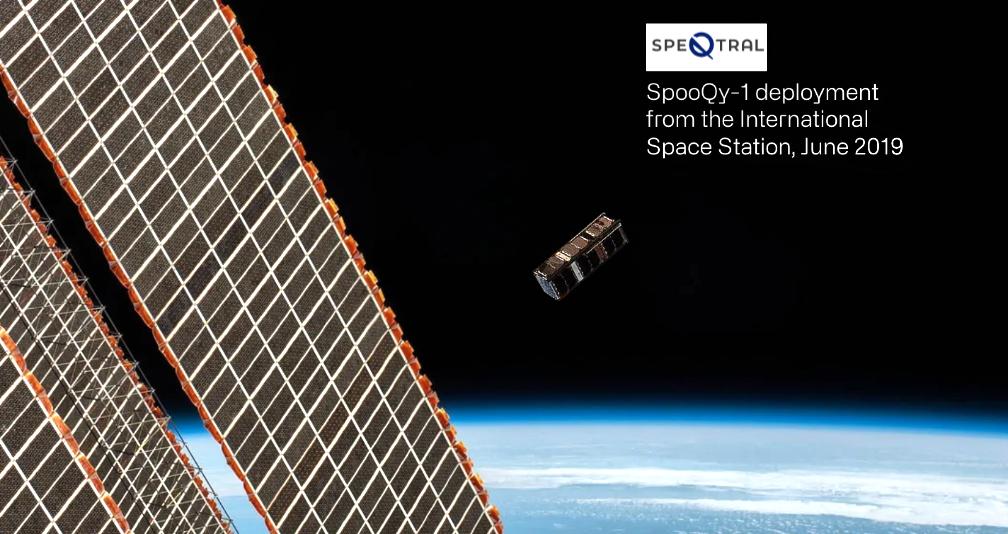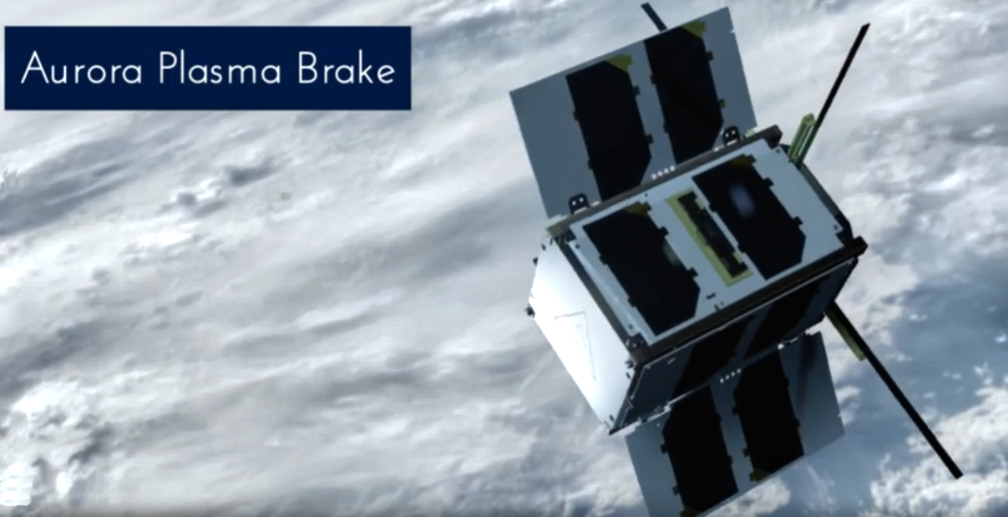
Aurora Propulsion Technologies, together with SpeQtral, last month signed a deal for the former to deliver a Plasma Brake for SpeQtral’s next satellite.

The Plasma Brake is a deorbiting system that disposes of the satellite by safely bringing it back into the atmosphere after its mission is finished. This CubeSat “TunaCan” Plasma Brake is designed to be a plug-and play solutions for any CubeSats that have no space for a large thruster system but does include a free TunaCan slot that can be used by a Plasma Brake, allowing compliance with space debris mitigation regulation.

The Plasma Brake works by deploying a charged microtether that interacts with the LEO plasma environment, creating a drag force. This allows it to generate a small amount of thrust continuously and indefinitely, also on higher orbits up to 1000 km where aerodynamic drag is not an option.
The SpeQtral-1 mission will be SpeQtral’s second quantum key distribution (QKD) satellite, serving as a pathfinder commercial demonstrator and defining future QKD services. The mission follows the SpeQtre technology demonstrator mission, itself built on technologies demonstrated on the 2019 SpooQy-1 CubeSat.
The SpeQtral-1 satellite is one of the first in the world to contain both BB84 and BBM92 quantum payloads in a CubeSat form factor. Operating at an altitude of 500 kms in SSO, SpeQtral-1 can provide quantum keys to any location on Earth.
The BBM92 payload offers unparalleled security, and the BB84 payload offers higher key rates allowing seamless integration with fiber QKD networks around the globe. SpeQtral-1 brings cutting-edge quantum communication technologies, enabling partners and customers to securely transmit their data with highest levels of encryption.
Perttu Yli-Opas, the CEO of Aurora Propulsion Technologies, said, “This mission is a great example of a business-oriented satellite that simply must have a deorbiting solution with a minimal footprint – which we’re more than happy to provide.”
